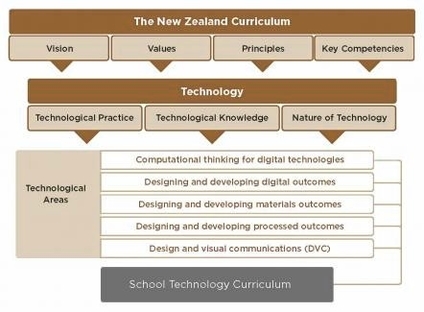
Enterprise Architecture 90 is a term that refers to a framework for planning, designing, and implementing an enterprise architecture strategy in the first 90 days of a new role. Enterprise architecture is the practice of aligning the IT landscape with the business goals and needs of an organization, as well as ensuring its evolution over time. Enterprise Architecture 90 is based on the idea that the first three months are crucial for establishing credibility, building relationships, and delivering value as an enterprise architect.
The framework consists of three phases: the first 30 days, the 31-60 days, and the 61-90 days. Each phase has a different focus and set of actions, as follows:
– The first 30 days are best spent learning the company’s IT infrastructure and culture, as well as the business services, outcomes, and strategies that IT supports. The main goals of this phase are to understand the current state of the IT landscape, identify the key stakeholders and their expectations, and assess the strengths and weaknesses of the existing enterprise architecture approach. Some of the actions that an enterprise architect should take in this phase are:
– Review the IT portfolio and the business capabilities that it enables
– Conduct interviews and workshops with business and IT leaders and staff
– Analyze the IT governance, processes, and standards
– Document the findings and gaps in a current state assessment report
– The 31-60 days are a planning phase, when the enterprise architect should determine the target state and the roadmap for achieving it. The main goals of this phase are to define the vision, principles, and objectives of the enterprise architecture strategy, as well as the metrics and indicators to measure its success. Some of the actions that an enterprise architect should take in this phase are:
– Develop a business capability model and a maturity assessment
– Identify the opportunities and priorities
